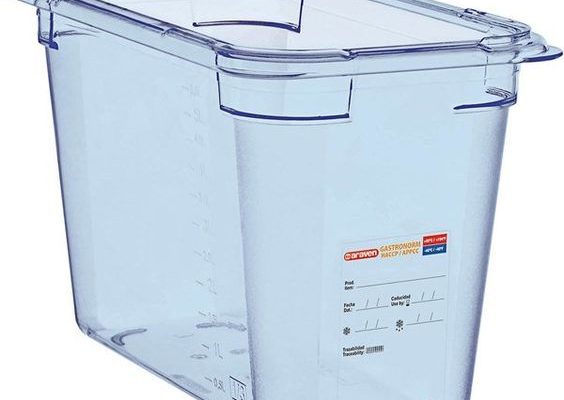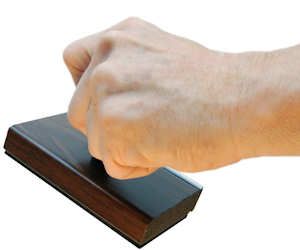3 Ways to Identify ABS Plastic

ABS (Acrylonitrile Butadiene Styrene) plastic is a popular thermoplastic polymer known for its strength, durability, and versatile applications. It is widely used in various industries, such as automotive, consumer goods, construction, and electronics. However, with the vast array of plastics on the market today, it can be challenging to distinguish ABS from other materials. In this article, we will discuss three practical methods to identify ABS plastic.
1. Visual Inspection
The first method of identifying ABS plastic is through visual inspection. Here are some characteristics you can look for:
– Color: ABS plastic is available in a wide range of colors but is commonly found in black or white.
– Surface texture: The surface of ABS plastic is usually slightly textured and matte.
– Flexibility: While not as flexible as some other plastics, ABS has some degree of pliability.
Keep in mind that visual inspection alone may not be enough to confirm that a material is ABS; however, it can help narrow down the possibilities.
2. The Burn Test
If you have a small sample of plastic to test, you can perform the burn test – but this should only be done in a well-ventilated area with appropriate safety equipment. Follow these steps:
- Hold the plastic sample with a pair of tweezers or metal tongs.
- Light a lighter or match and expose the edge of the plastic sample to the flame.
- Observe how the plastic melts and burns.
Characteristics associated with ABS during the burn test include:
– Odor: When burned, ABS emits a acrid, chemical smell similar to burnt rubber or styrene.
– Flame color: The flame will be yellow-orange with blue edges.
– Burn behavior: ABS will soften and form black soot particles when exposed to flame.
3. Density Test
Another method to help identify ABS plastic is by performing a density test. You will need a container filled with rubbing alcohol (isopropyl alcohol) and the plastic sample.
- Drop the plastic sample into the container filled with rubbing alcohol.
- Observe if the sample floats or sinks.
ABS has a specific gravity of around 1.05, meaning it will sink in rubbing alcohol (density 0.79 to 0.79 g/cm³). However, be aware that other plastics, such as PVC or high-density polyethylene (HDPE), may also sink in rubbing alcohol; further analysis may be required to confirm the material as ABS.
In conclusion, identifying ABS plastic can be achieved through visual inspection, burn tests, and density tests. While these methods may not provide definitive answers, they can assist in narrowing down your search and confirming suspicions about a material’s composition. To ensure you are working with ABS plastic, always consult with suppliers and refer to material safety data sheets (MSDS) for accurate information.






